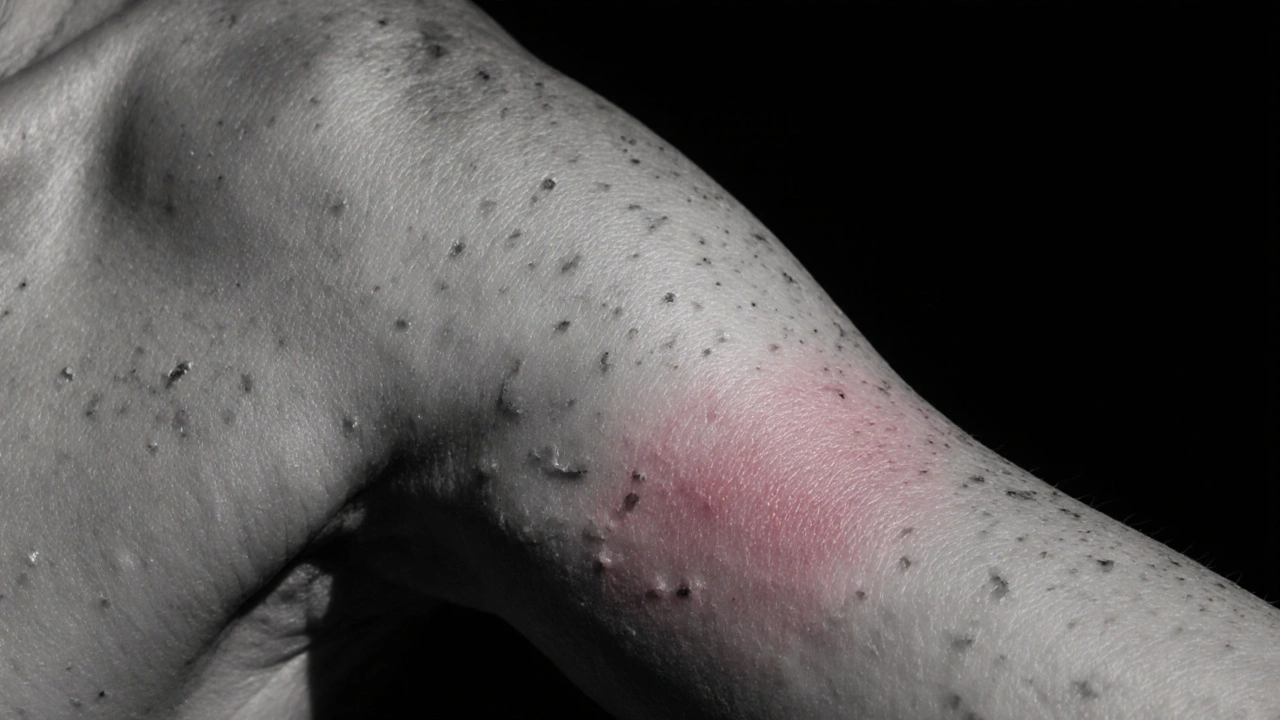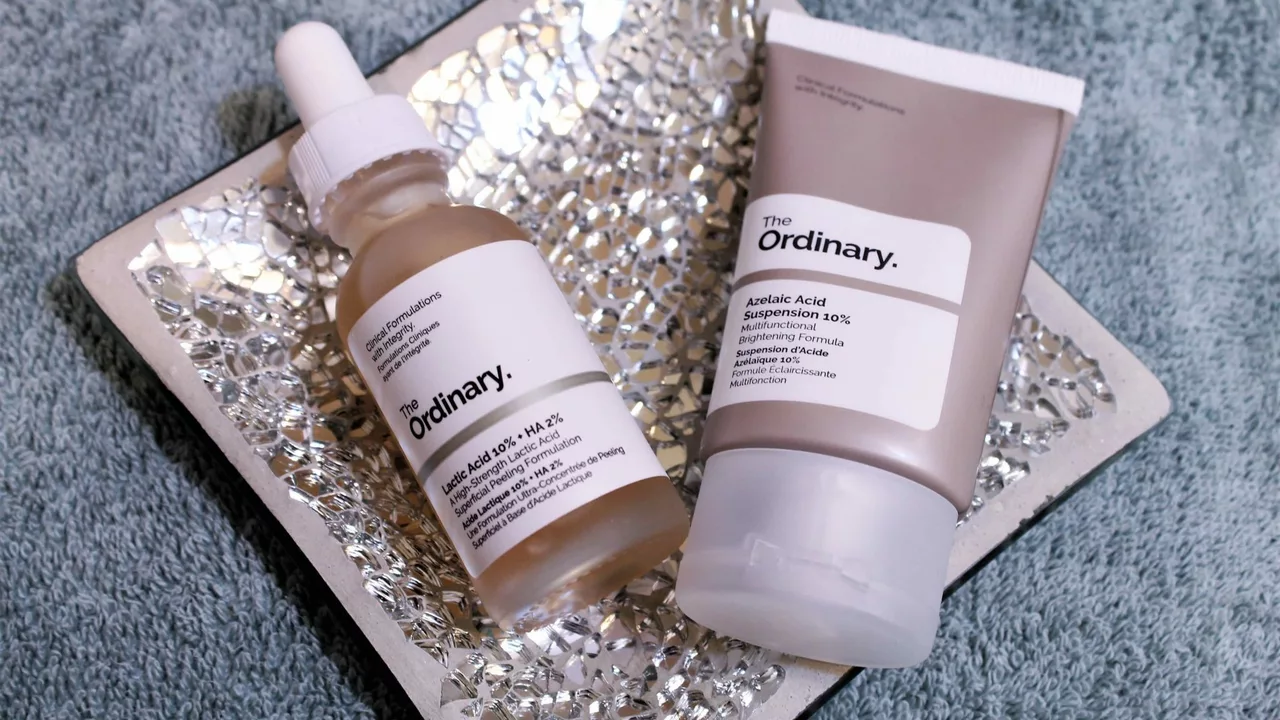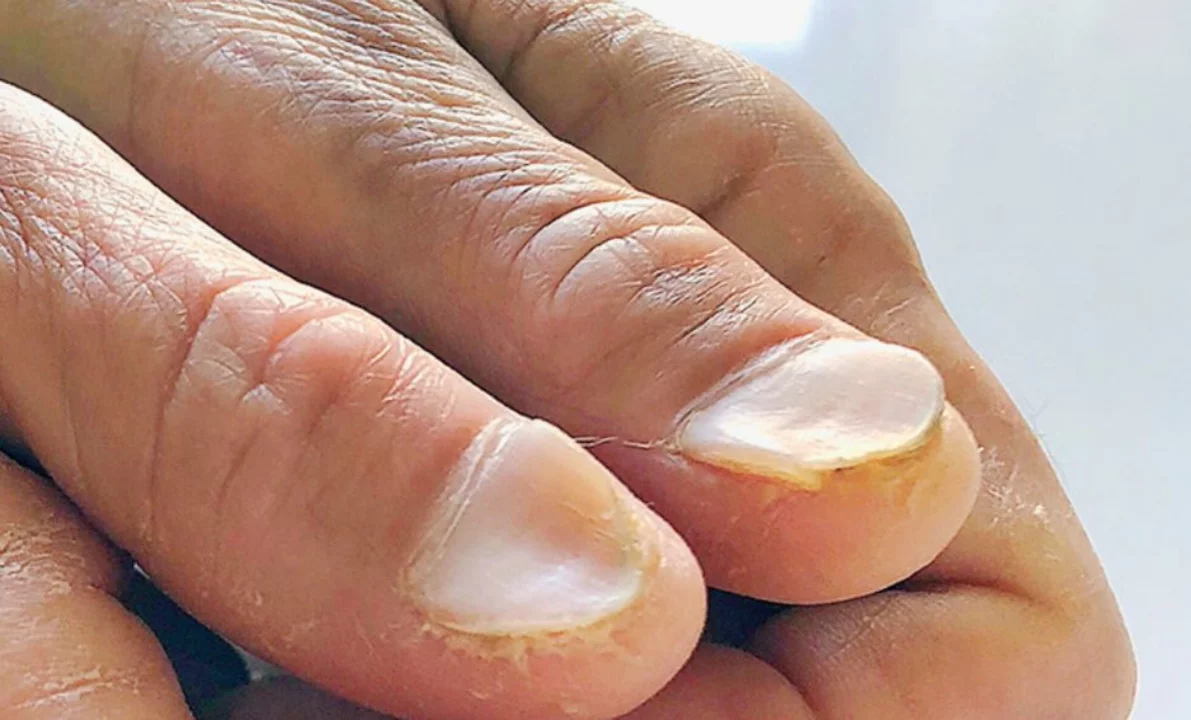Dermatology and Skincare: Simple, Practical Advice
Want clearer skin without confusing routines? This page pulls together straightforward tips and two useful treatments you’ll actually want to try: azelaic acid for everyday skin health and calcipotriol for nail psoriasis. I’ll keep it practical—what these actives do, how to use them, and what to watch for.
Azelaic Acid: What it does and how to use it
Azelaic acid fights acne, calms redness, and evens skin tone. It also has antioxidant effects, so it helps protect skin from damage that makes you look tired or dull. Most over-the-counter and prescription products contain 10%–20% azelaic acid. Start with a small amount once a day, then move to twice daily if your skin tolerates it.
Apply after cleansing and before heavier creams. Expect mild dryness or tingling at first—use a gentle moisturizer to reduce irritation. Don’t skip sunscreen: azelaic acid can make skin more sensitive to sun, and daily SPF keeps results visible. If you have persistent irritation, pause use and check with a dermatologist.
Calcipotriol and Nail Psoriasis: Real options
Calcipotriol is a vitamin D3 analogue that slows down rapid skin cell growth. For nail psoriasis, it’s one of several topical options that can reduce scaling and thickening. Topical calcipotriol is often used alongside corticosteroids or other therapies for better results. Nails respond slowly—expect weeks to months before you see clear improvement.
When nails are badly affected, doctors may recommend intralesional steroid injections, systemic meds, or light therapy. These are for more severe cases. For mild to moderate nail psoriasis, apply topical calcipotriol carefully and follow your clinician’s advice. If the nail bed or matrix is involved, expect a longer treatment timeline.
Daily skincare basics still matter. Cleanse gently, moisturize regularly, and use SPF 30+ every day. Add actives like azelaic acid slowly and test patch areas first. For nail issues, keep nails trimmed and avoid harsh chemicals that can worsen symptoms.
If you’re unsure which product or strength is right, book a short consult with a dermatologist or a trusted pharmacist. Small changes—consistent sunscreen use, a steady moisturizer, and one effective active—often beat long lists of unproven products. Want specifics on product choices or a morning/evening routine? I can suggest options based on your skin type and concerns.

 Dec, 4 2025
Dec, 4 2025





